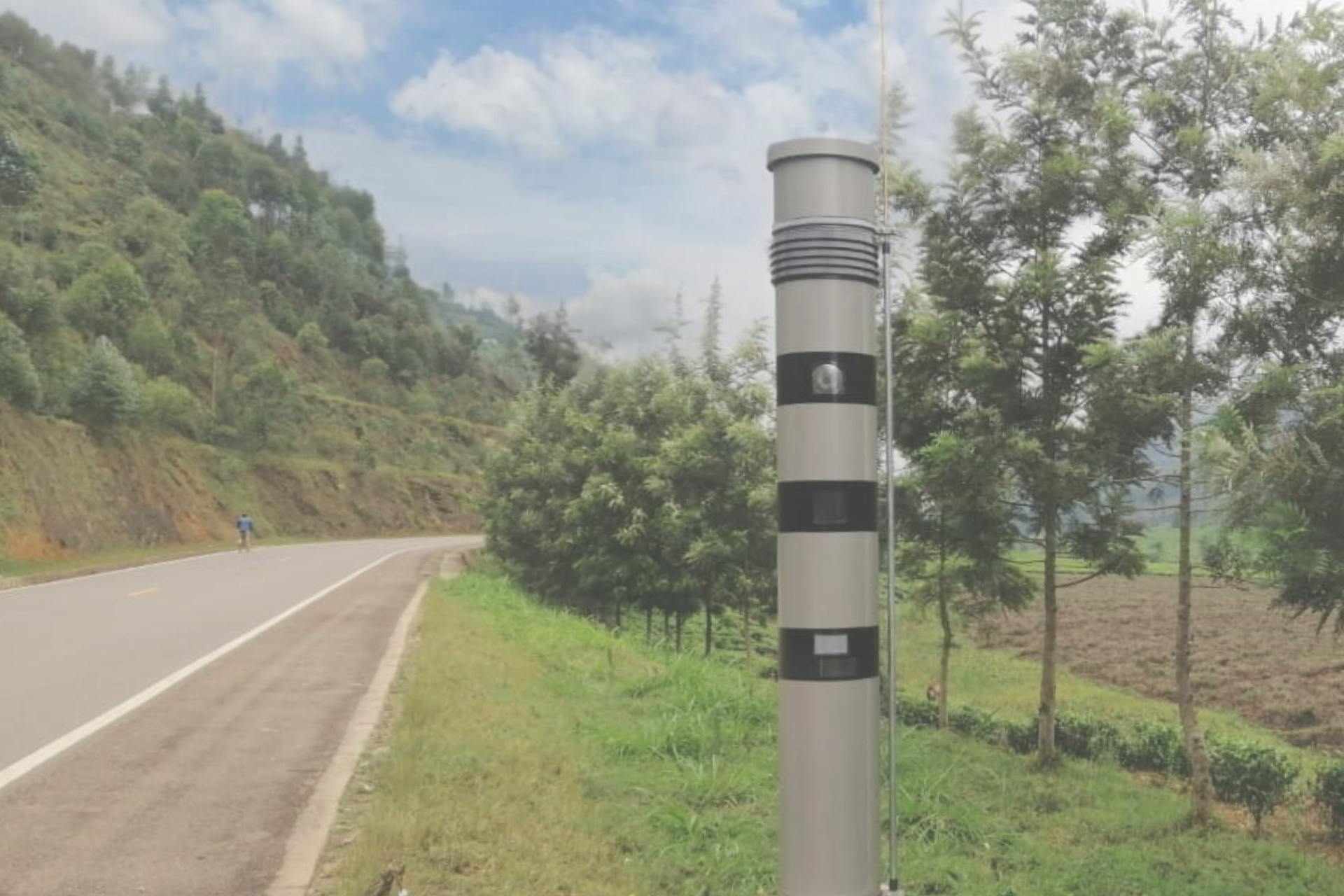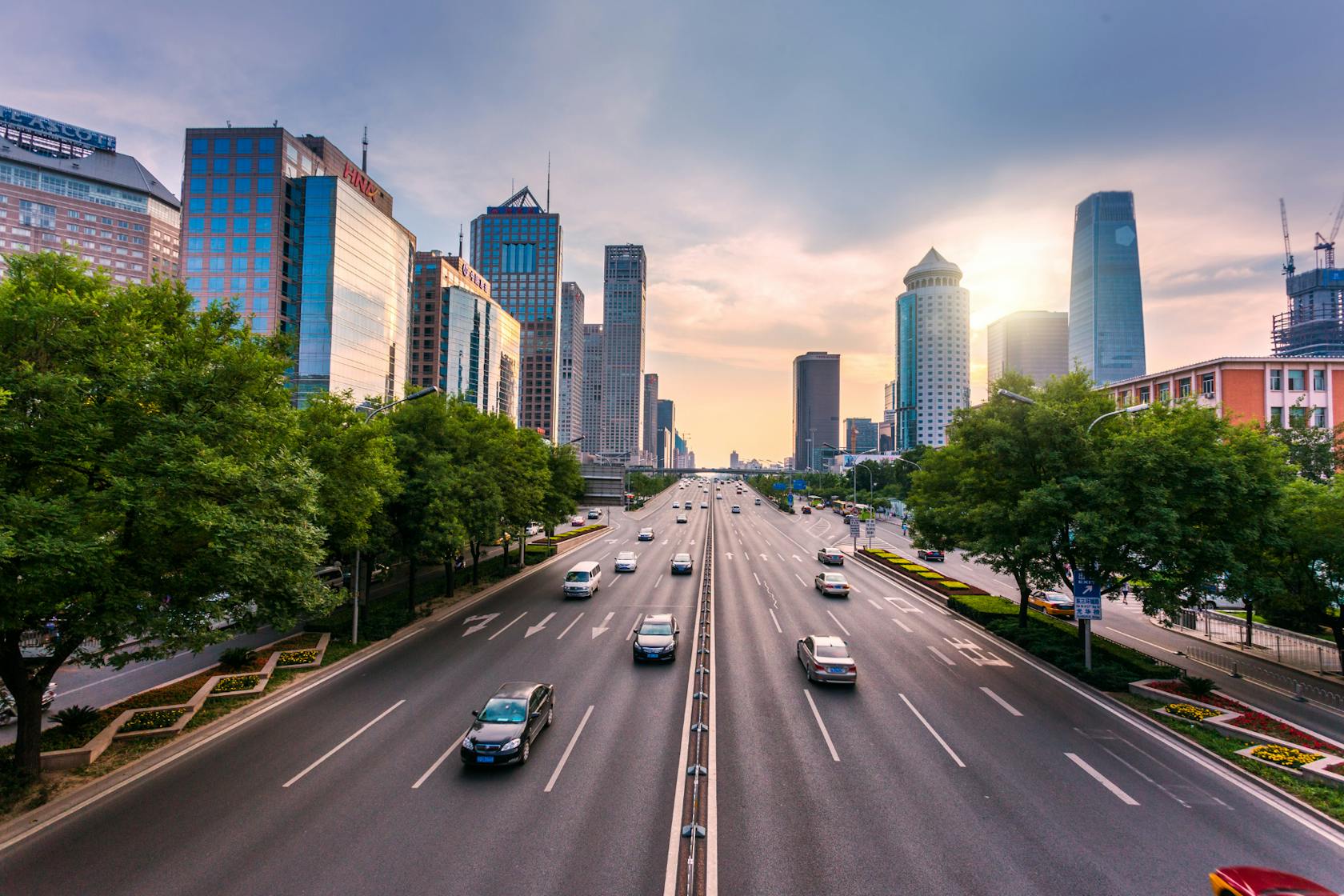
Smart MobilityThe Role of Traffic Enforcement in Reducing Traffic Congestion and Improving Air Quality
Negative Impacts of Congestion and Strategies for A Better Environment
The Negative Impact of Traffic Congestion on Safety, Economy, and Environment
Traffic congestion is a global problem that negatively affects safety, the economy, and the environment. Increased congestion leads to longer travel times, more accidents, and higher fuel consumption. Also, air pollution increases: The World Health Organization (WHO) reported that ambient air pollution (AAP) caused 3.7 million deaths globally in 2012, with the majority occurring in low- and middle-income countries. Traffic is a significant contributor to outdoor air pollution in urban areas.
The Environmental Impact of Urban Transportation
Urban transportation accounts for 40% of CO2 emissions, with road transport responsible for about 70% of other pollutants in the European Union. Out of this, on average, the CO2 emissions of diesel cars (127.0 g CO2/km) are now very close to those of petrol cars (127.6 g CO2/km). The difference of 0.6 g CO2/km was the lowest observed since the beginning of the monitoring of the European Environment Agency.
The carbon dioxide (CO2) emissions from vehicles contribute to global warming, while nitrogen oxides (NOx) and carbon monoxide (CO) emissions are harmful to human health.
Looking at traffic in the United States , for instance, it becomes obvious that it contributes to significant volatile organic compound (VOC), nitrogen oxide (NOx), and carbon monoxide (CO) emissions.
Traffic Management Strategies to Improve the Environment
Governments and authorities have introduced various traffic management strategies to address these issues. These strategies include improved road infrastructure, promoting road-based public transport, operating restrictions and pricing, technological solutions, awareness-raising campaigns, speed management, and traffic flow control. However, the effectiveness of these strategies can vary depending on location and traffic conditions.
However, some enforcement strategies may have unintended consequences. For example, setting low emission zones (LEZ) to restrict vehicles in certain areas can reduce emissions within the zone but potentially increase traffic volume in other areas due to drivers choosing alternative routes. Examples for this scenario can be found in European countries like Germany and the UK, where LEZ zones are already implemented.
Intelligent Transportation Systems (ITS) for Efficient Traffic Management
Intelligent Transportation Systems (ITS) offer advanced technologies to reduce the impact of traffic congestion. ITS involves applying computers, information processing, communication, and control systems to enhance the efficiency and capacity of existing road infrastructure. By optimizing road traffic, ITS aims to improve driver safety, reduce energy consumption, and enhance the quality of the environment.
Evaluating the Impact of Traffic Enforcement Strategies
Dr.-Ing. Youssef El Hansali, CEO of VITRONIC Machine Vision Middle East LLC, is part of an international research institute that examines this phenomenon. Dr. El Hansali, as a part of one of his research studies, published substantial findings in this domain.
To evaluate the potential impact of traffic enforcement strategies on reducing traffic emissions and improving air quality, the study focused on three typical strategies:
The study compared the air quality changes resulting from these strategies against a baseline (best-case or most feasible) scenario. The findings can assist decision-makers in identifying the most effective strategies under different traffic and location conditions.
Key Take-Aways from the Study
- The reduction of CO was the highest in the speed restriction scenario (25.6%) compared to the Low Emission Zone strategies scenarios A2 (0.4%) and A3 (0.25%). This highlights the effectiveness of speed restrictions in reducing CO emissions.
- There is substantial impact of Low Emission Zone strategies in reducing NOx emissions.
- Low Emission Zone strategies have been found to be specifically effective in reducing PM10 emissions (PM10 refers to particles with a diameter of 10 micrometres or less. Once inhaled, these particles can affect the heart and lungs and cause serious health effects). The introduction of Low Emission Zones has reduced PM10 emissions, leading to improved air quality
Overall, these statistics highlight the varying impacts of different traffic enforcement strategies on specific pollutants. Speed restrictions proved to be highly effective in reducing CO emissions, while LEZ strategies demonstrated significant reductions in NOx, VOC, and PM10 emissions. These findings support the importance of implementing and enforcing traffic measures to achieve substantial improvements in air quality and environmental sustainability
Conclusion
Traffic enforcement plays a vital role in reducing traffic congestion and improving air quality. Traffic management strategies, supported by consistent enforcement, are essential for achieving sustainable urban transport systems. Intelligent Transportation Systems (ITS) offer innovative solutions to optimize road traffic and minimize environmental impacts. Evaluating the potential impact of traffic enforcement strategies using emission models can help policymakers identify the most effective measures to reduce traffic emissions and improve air quality. By combining effective enforcement strategies with advanced technologies, cities can create more efficient and environmentally friendly transportation systems for a better future.
How VITRONIC contributes to crucial aspects
Looking at the effects active measures create for improved air quality, some questions remain. While complying to speed limits is one of the measures to reduce CO2 from transportation, corresponding to speed limits needs to be enforced to ensure the effects are actually created. To ensure road users comply with speed restrictions, VITRONIC systems make an important contribution. Stationary, semi-fixed and mobile traffic enforcement systems can support governments in enforcing speed limits in different conditions and directly contribute to less air pollution.
However, the wide product portfolio of VITRONIC also lays a focus on the set-up of LEZs. Advanced ANPR systems are already in use world-wide to ensure compliance to dedicated zones. The interconnected systems work in an environment of systems and databases to supervise if vehicles are allowed to access a certain area. In addition to ANPR functionalities, VITRONIC systems precisely classify vehicles, making it possible to enforce violations such as entering a prohibited zones by a truck.
Summary
In Short
- Traffic congestions affects safety, the economy and the environment negatively
- Different strategies like Low Emission Zones and Speed Restrictions aim to improve air quality
- Speed restrictions led to 25.6% reduction of CO emissions
- Low Emissision Zones are effective in reducing smallest particles (PM10)
- Traffic enforcement technology create efficient control of compliance with regulations
Summary
You can edit this slice directly in your code editor.





